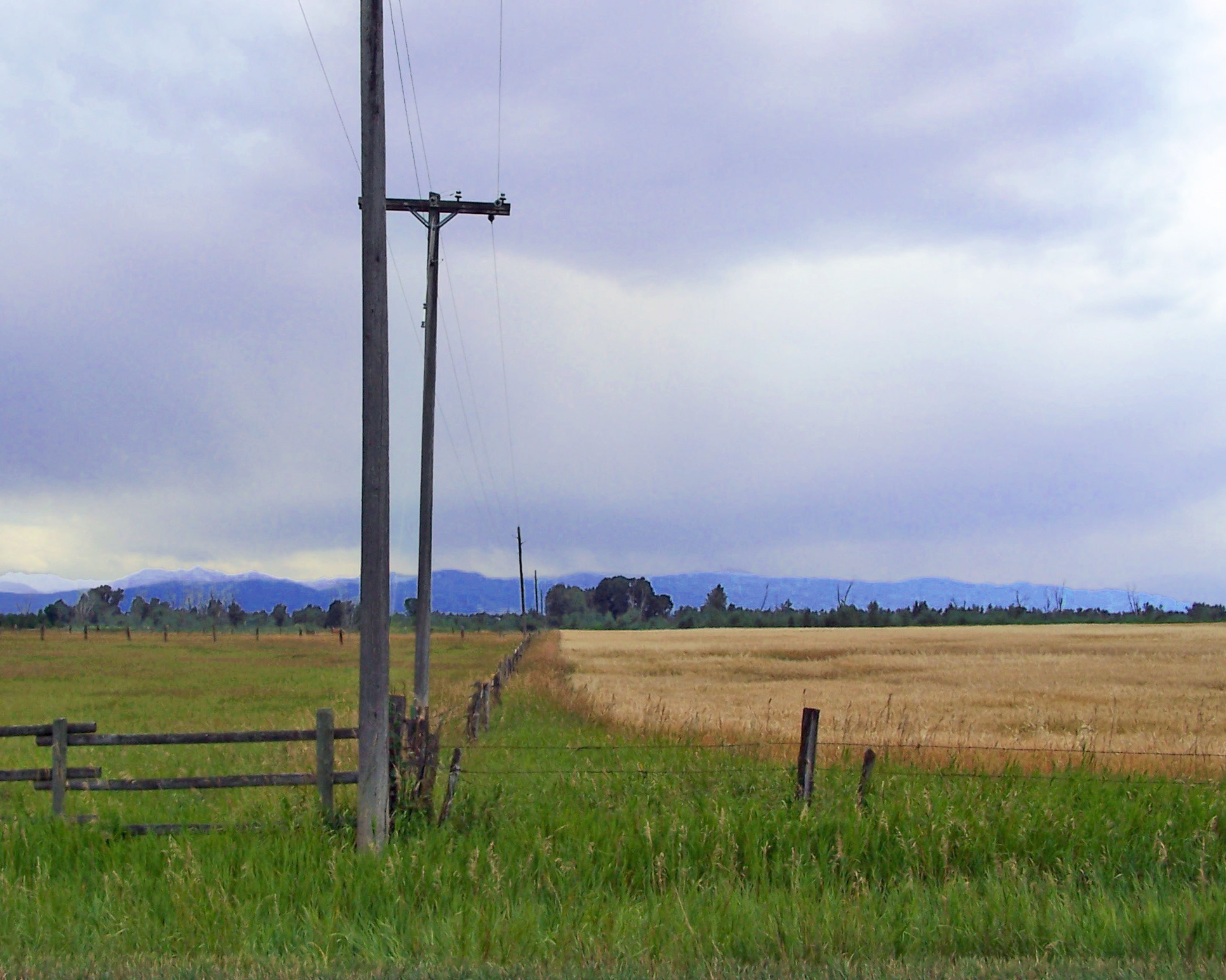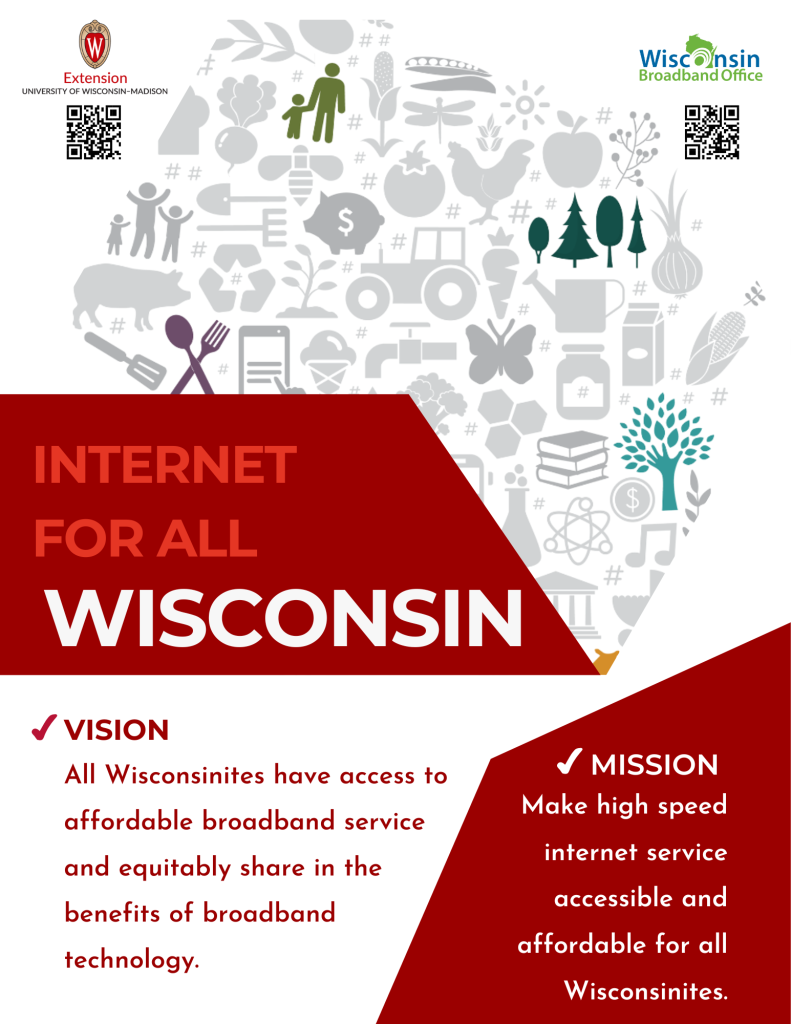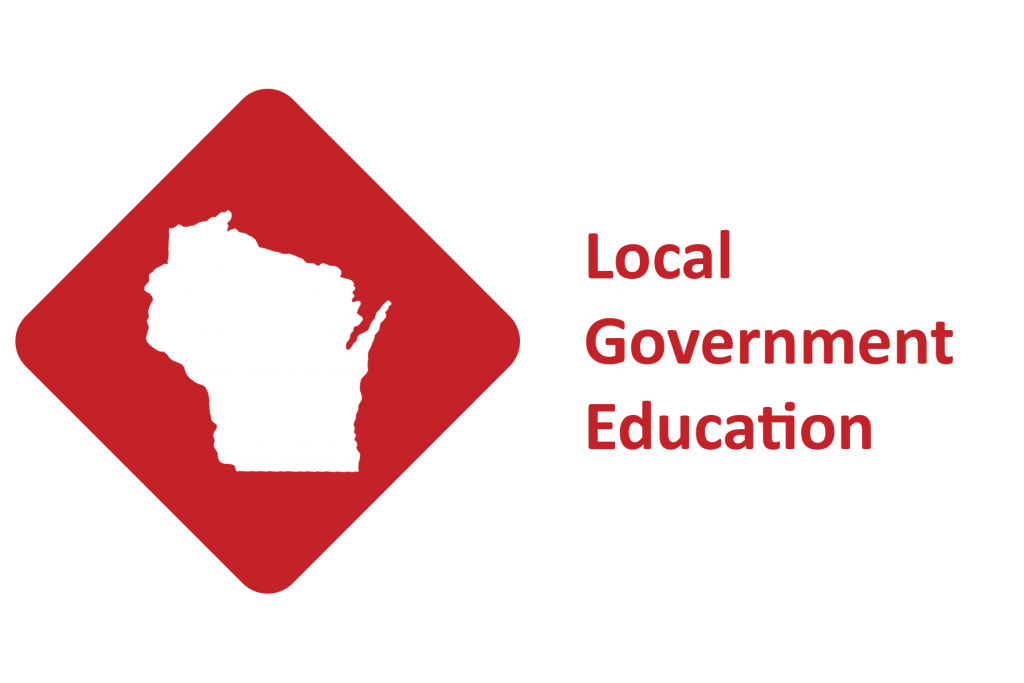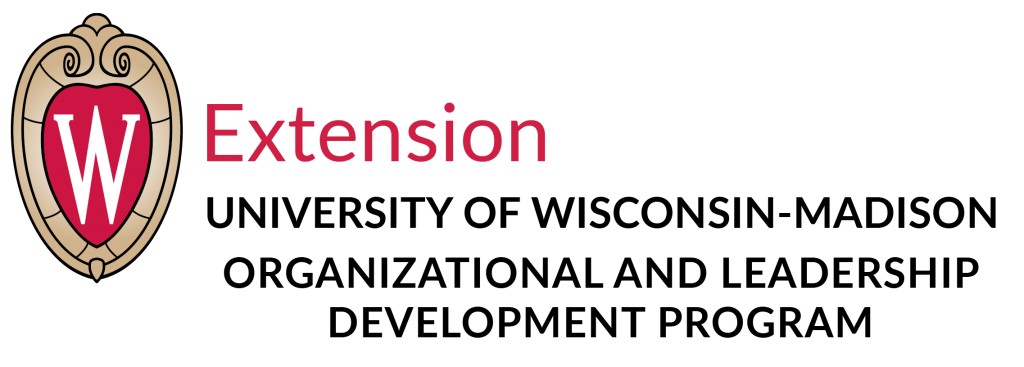Broadband Toolkit


Broadband Toolkit
This Broadband Toolkit prepares Wisconsin communities to increase broadband access for all by engaging local stakeholders in the planning process and developing a comprehensive implementation strategy.
Overview
The Toolkit is designed to provide maximum flexibility to users – it can be utilized either sequentially, by starting at the beginning and working through each module in order, or selectively, by choosing individual modules based on specific needs and interests.
Toolkit Topics

Broadband 101
Learn about broadband basics, terminology, and Wisconsin context.

Organizing Your
Planning Team
Who should be on your core planning team/committee? How will you operate? How to get started.

Getting Community Input and Assessing
Community Needs
Community engagement is central to any planning effort.

Data for Broadband Planning
What data do you need for community broadband planning? What data will help you tell the story of your community’s needs?

Building Public-Private Partnerships
Mutually beneficial Public-Private Partnerships are a key ingredient for broadband expansion.
- Directory of Internet Service Providers
- What Are Public-Private Partnerships?
- Finding ISPs to Partner With
- Roles & Responsibilities (COMING SOON)

Financing Broadband Projects
How will you finance your broadband expansion projects?

Digital Inclusion
Striving toward Internet for All Wisconsin residents.
- Internet Adoption (fact sheet)
- Significance of the Broadband Label (fact sheet)

BEAD Challenge Process
The BEAD Challenge Process is a period of time whereby nonprofits, Tribal and local units of government, and ISPs can submit challenges.
- Challenge Process (fact sheet)
FAQ
Why should counties/communities engage in broadband planning?
No one understands the situation and needs of a community better than those that live there. Communities who have a local broadband plan and have developed partnerships are best prepared to access grant funding when it becomes available.
What is the digital divide?
The digital divide is the gap between those who have affordable access, skills, and support to effectively engage online and those who do not.
Do internet service providers really need public partners to service our county?
Internet service providers are more apt to service communities where they have a relationship with first, as it sets the tone for a project. Contributions to the partnership from public entities can vary from funding, easements, permitting, promotion and adoption.
What is Digital Inclusion?
Digital Inclusion refers to the activities necessary to ensure that all individuals and communities, including the most disadvantaged, have access to and use of Information and Communication Technologies (ICTs). You may see or hear reference to ‘Internet for All Wisconsin’ throughout this toolkit. ‘Internet for All’ is related to digital inclusion and closing the digital divide.










